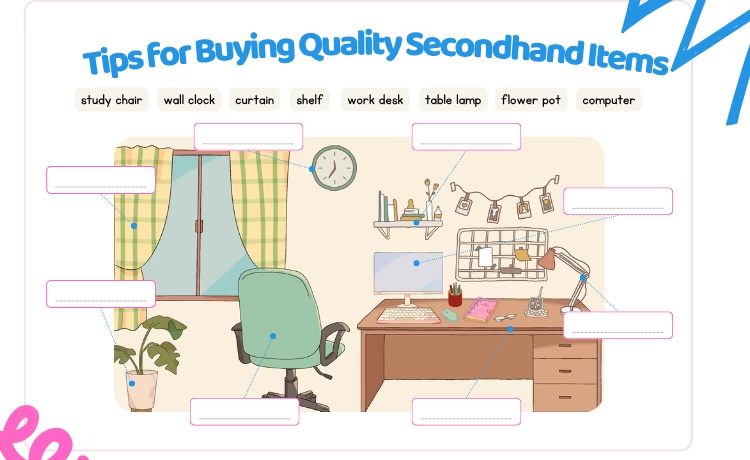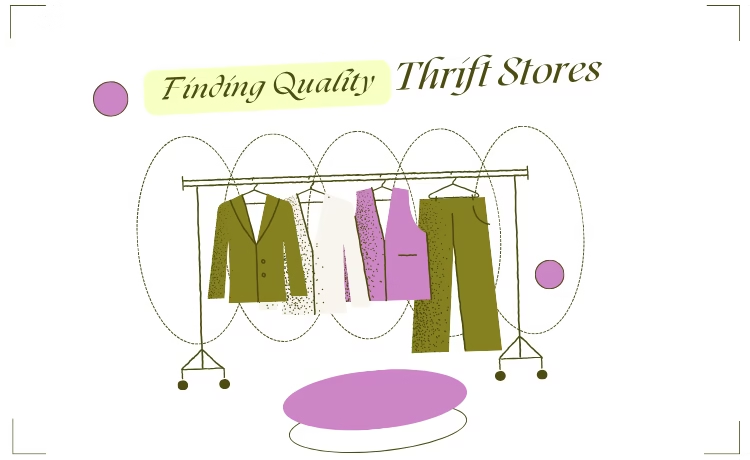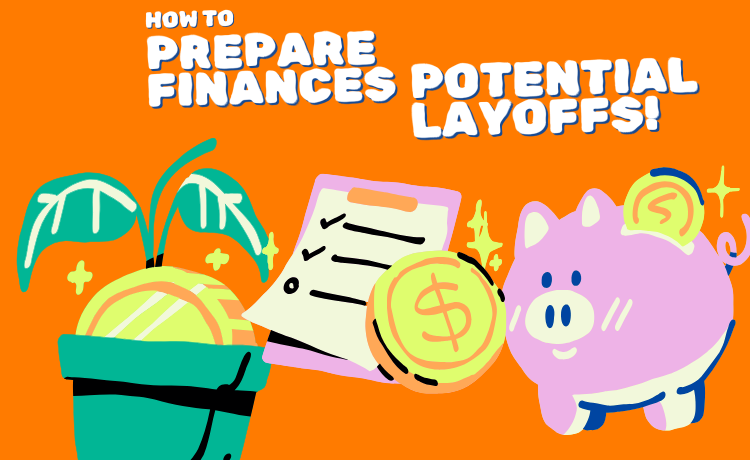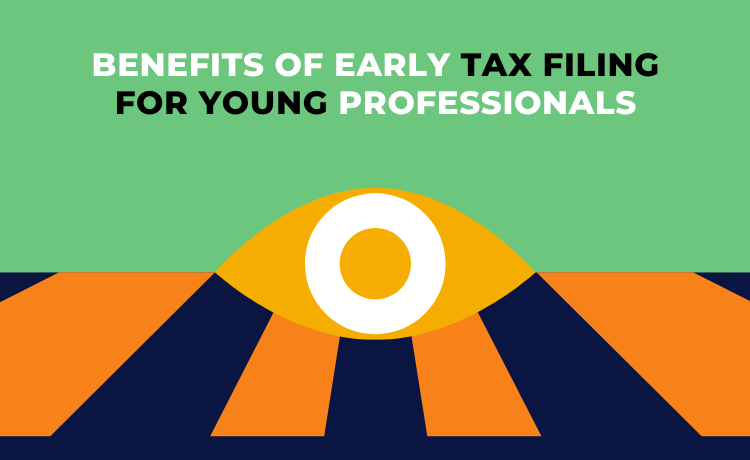Have you ever scored an incredible designer bag for a fraction of the retail price or found a unique vintage lamp that transformed your space? The thrill of hunting for secondhand treasures is unbeatable! Whether you’re a seasoned thrifting enthusiast, a budget-savvy bargain hunter, or someone looking to make eco-conscious choices, learning how to buy quality secondhand items puts you in control of your style, savings, and carbon footprint.
This guide has actionable tips and insider secrets to help you confidently spot quality in thrift stores and online marketplaces. We’ll share expert inspection techniques and innovative negotiation strategies and highlight how your purchases can benefit the planet. Are you ready to upgrade your shopping game? Let’s jump in!

What we have cover!
Why Buying Secondhand Makes You a Smart Shopper
Secondhand shopping isn’t just about saving a buck (although that’s a huge bonus!). You’re dodging landfill waste, shrinking your carbon footprint, and expressing your unique style without funding fast fashion’s downsides. Plus, the variety is phenomenal–– from timeless classics to modern must-haves, all at prices that make your wallet happy!
According to a 2023 report by ThredUp, the resale market is expected to reach $77 billion globally by 2025. That’s not just a trend, that’s a shopping revolution.
Finding Quality in Thrift Stores

Research Before You Shop
Preparation is everything! Start by surveying the best thrift stores in your area. Read online reviews and follow local shops on Instagram for first dibs on new arrivals or sales. Many thrift stores specialise in items like vintage denim or designer bags, so knowing where to go maximises your odds of a big score.
Pro tip: Go mid-week or early in the morning for the best selection, as new items are often stocked when stores open.
Essential Inspection Techniques
When you’re face-to-face with a potential find, channel your inner detective:
- Check for wear and tear: Examine seams, zippers, and hardware for excessive damage. A missing button is a quick fix; ripped lining or broken zippers can be more trouble.
- Look for branded labels: Well-made garments typically have sewn-in brand and care labels.
- Sniff test: Unpleasant odours (like mildew) can be challenging to remove from fabrics or furniture.
- Touch the fabric: High-quality materials like silk, wool, and leather feel sturdy and luxurious, not flimsy.
- Test electronics: Ask to plug in or test devices where possible.
- Check for authenticity marks: Designer items may have serial numbers or certificates.
Get comfortable with these steps, and you’ll separate the remarkable from the regrettable every time!
Know more about How to Save Money on Holiday Celebrations
Online Marketplaces: A Treasure Trove
Safe Platforms for Secondhand Finds
Marketplaces like eBay, Poshmark, Mercari, Facebook Marketplace, and Depop have revolutionised preloved shopping. But not all are created equal!
- Reputable platforms offer buyer protection, secure payment systems, and return policies.
- Specialised marketplaces (like The RealReal for luxury goods) authenticate items, giving you extra peace of mind.
Stick to sellers with good ratings and ample transaction history for the smoothest experiences.
Pro Communication Tips
Effective communication can help you avoid disappointment. Don’t hesitate to:
- Ask for more photos showing labels, corners, or flaws.
- Request measurements to ensure the perfect fit.
- Clarify the return policy before buying.
- Be polite and prompt in your messages; courteous buyers often get better deals.
Spotting Quality Items
How to Check Authenticity
Fakes are everywhere, especially online. Here’s how the pros spot them:.
- Research brand-specific features: Attention to logos, stitching, hardware, and other unique details. For example, luxury brands like Louis Vuitton and Chanel have distinct design elements that counterfeiters struggle to replicate. Resources like Entrupy’s Authentication Guides provide detailed breakdowns for various brands, making them invaluable for identifying fakes.
- Use trusted authentication services or apps: Services like Entrupy use advanced technology to precisely authenticate luxury items, offering peace of mind when buying high-end goods.
- Compare with official sources: When in doubt, compare the item with photos from the brand’s official website or verified retailers. This helps you spot inconsistencies in details like colour, stitching, or material.
For deeper insights, case studies, and reports on counterfeit detection, visit Entrupy’s Knowledge Base. Stay informed and shop smart!
Recognising Wear and Tear
Please don’t shy away from a little patina (it adds character!). Focus on:
- Structural integrity (for furniture)
- Stains, holes, or fading (for clothes)
- Scratches or chips (for collectibles)
- Working with zippers, hardware, and electronics
Minor fixes can make a bargain even better if you love a piece. But be realistic about repair costs.
Also learn Top Tips for Reducing Home Energy Costs
Negotiating Prices Like a Pro
Research Average Prices
Knowledge is leverage. Browse similar listings on eBay or check price guides to understand an item’s fair value.
Making the Offer
- Start respectfully below the asking price, but not so low that it offends the seller.
- Point out flaws honestly to justify your offer (e.g., “Would you consider $25 since the zipper needs repair?”).
- Bundle items for a bigger discount.
- Be ready to walk away if the deal isn’t right; another treasure awaits!
Eco-Friendly Shopping Pays Off
Environmental Benefits
Secondhand shopping slashes your carbon footprint. According to The Ellen MacArthur Foundation, buying a used garment extends its life by about two years, reducing its carbon, waste, and water footprint by 73%.
Case Studies of Sustainable Brands
Brands are leaning into the resale revolution. Patagonia’s Worn Wear repairs and resells durable outdoor gear, and REI’s Used Gear offers vetted pre-owned adventure equipment. These companies prove that sustainability and profit can go hand in hand!
Frequently Asked Questions
How do I know if a thrift store item is clean or safe?
Most stores sanitise items, but always wash or disinfect clothing and home goods before use. For electronics, test in-store or ask about return policies.
Are luxury items safe to buy secondhand?
Yes, if you use authentication services and trusted platforms like The RealReal. Ask for original paperwork when possible.
What’s the best time to shop secondhand?
Mid-week or just after new stock arrives. Holidays and back-to-school periods also see high turnover.
How can I resell quality secondhand items myself?
Use detailed photos, honest descriptions, and highlight any brand markings or authenticity. List on well-known marketplaces and be patient for the right buyer.
Your Next Great Find Awaits!
Secondhand shopping is a thrilling adventure packed with savings, style, and the opportunity to make a genuine difference for the planet. By following these tips, you’ll become a confident, eco-conscious shopper with an eye for quality and value.
Get out there, explore your local thrift stores, join online treasure hunts, and try negotiating for advantageous deals. Every purchase is a win for your pocket and the planet!
Happy thrifting, and may your next shopping trip uncover something extraordinary. Share your finds and experiences with the thriving secondhand community online–you might inspire the next great bargain hunter!

